





 |
 |
 |
 |
 |
 |
| Jonathan Cheah Weng Kwong | profile | all galleries >> Others >> Freaky Accidents >> High Profile Species >> Thailand 2013 1st H >> Puff-throated Babbler (Pellorneum ruficeps) | tree view | thumbnails | slideshow |
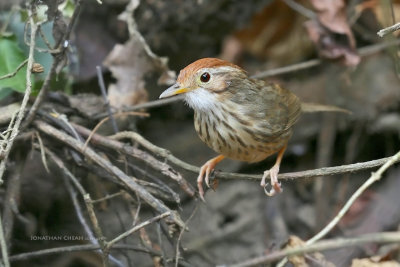 773B0932.jpeg |
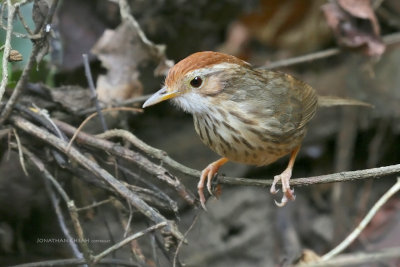 773B0933.jpeg |
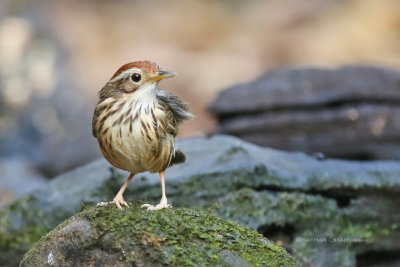 773B0246.jpeg |
 773B9763.jpeg |
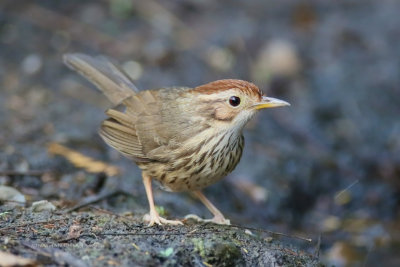 773B9770.jpeg |
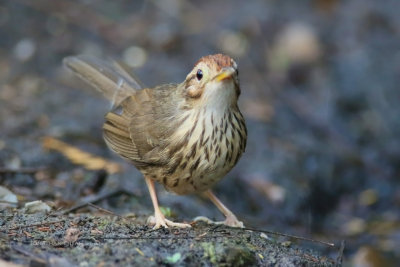 773B9771.jpeg |
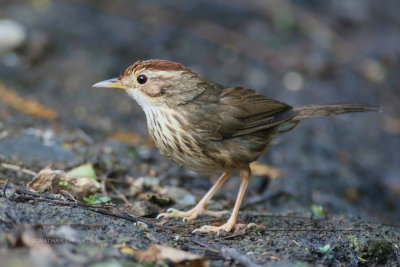 773B9772.jpeg |
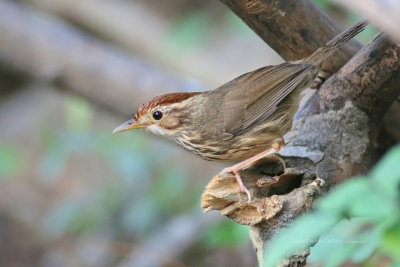 773B9778.jpeg |
| comment | share |